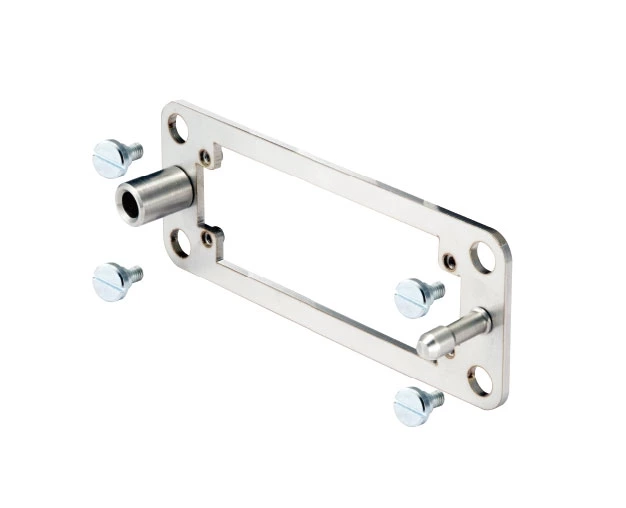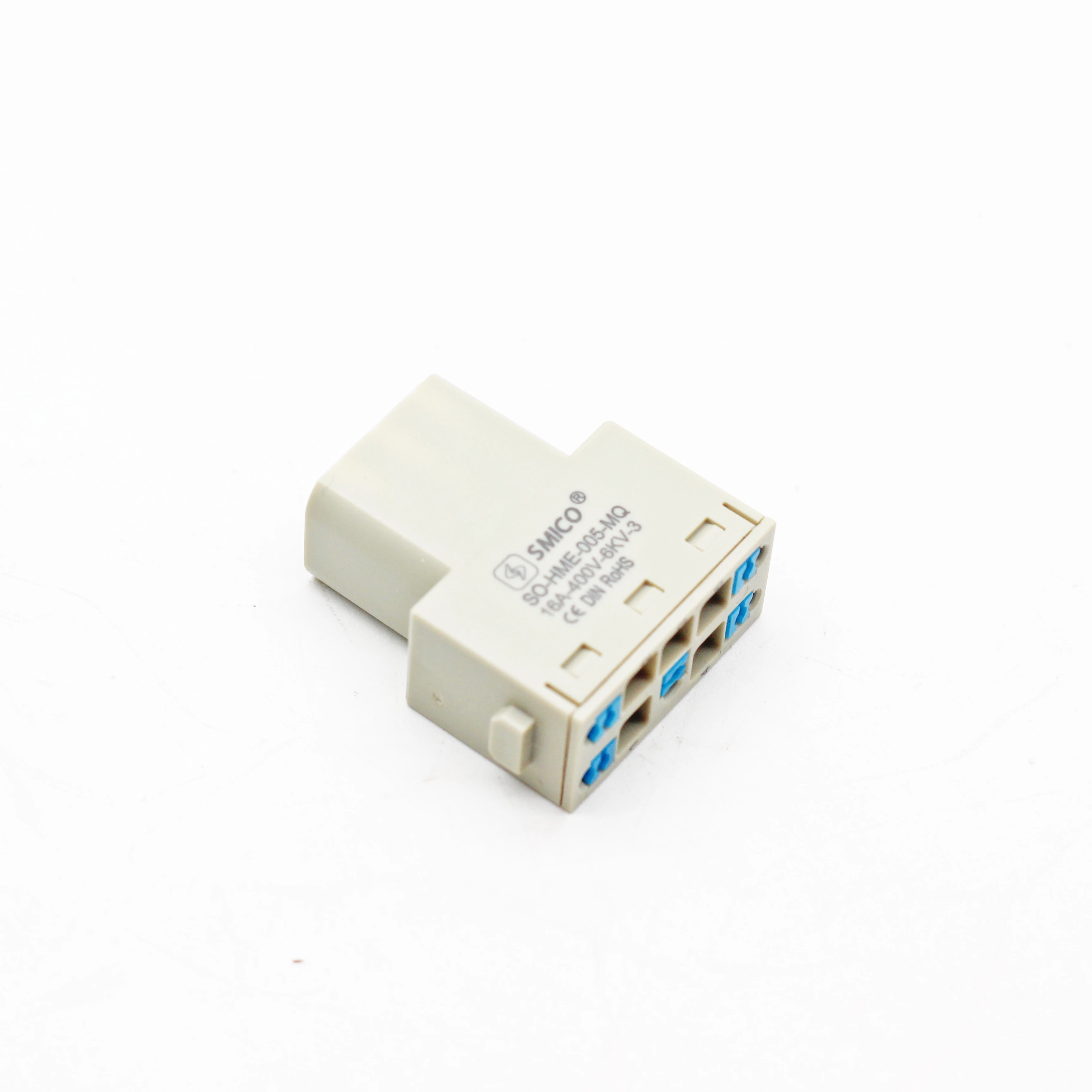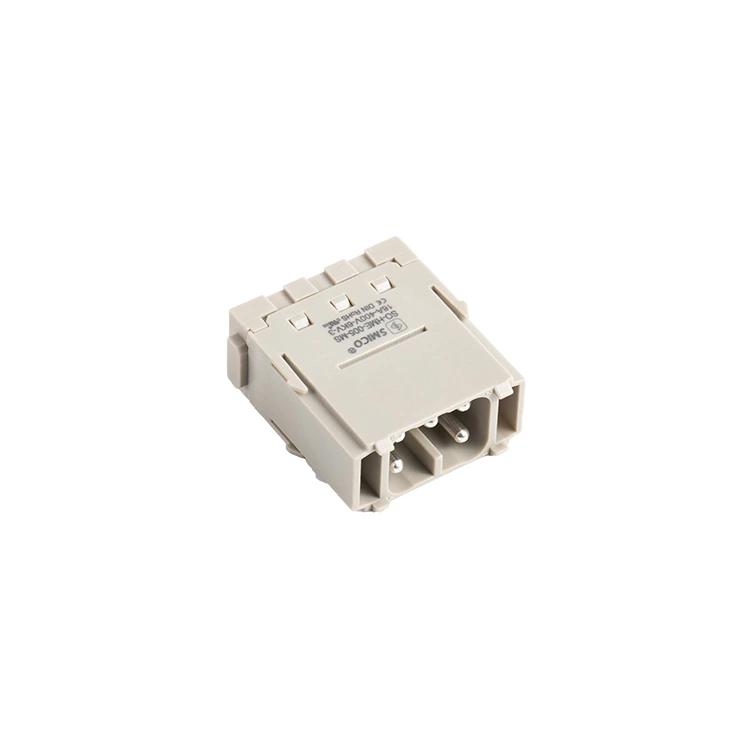Introduction To Resistance Of Heavy-duty Connectors
There are many resistors on Heavy Duty Connector, so do you know what are the characteristics of heavy-duty connector resistance? The following editor summarizes it for everyone.
Connector insulation resistance refers to the resistance value presented by applying DC voltage to the insulating part of the connector, thereby generating leakage current on the surface or inside of the insulating part. If the insulation resistance value is low, a feedback circuit may be formed, increasing power loss, causing interference, etc. Excessive leakage current will generate heat or DC electrolysis, destroy insulation, cause short circuits, and endanger safety. The main factors affecting the insulation resistance of connectors are: connector temperature, connector humidity, connector contamination, connector oxidation, and the performance of the material itself. For example, the volume resistivity value of the insulating material determines the level of insulation resistance.
How to take the needle of the heavy-duty connector? There are many needles on the overload connector. When there is a problem, we need to take the needle. Do you know how to make an injection? Let's take a look together!
Heavy-duty connectors can provide screw connections and cold-pressed connections. Cold-pressed heavy-duty connectors require additional cold-pressed pins. Many new customers use cold-pressed heavy-duty connectors for the first time. If the wrong hole is installed, how to remove it? What tools should be used? The first thing is to distinguish whether the cold-pressed pin is 10A or 16A. Secondly, choose the corresponding needle puller. The left side is a 10A needle puller, and the right side is a 16A needle puller. The third step is to use the needle puller to pull out the needle.









